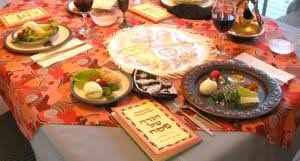TEVA TALK: Flower Power

Taking a few moments to pause our hectic race against our “to do” lists to look at the world around us will reveal the bounty of blessings we receive every day. We live in a time when technology allows us to connect with family and friends who live far away, we enjoy the familiarity of our close-knit neighborhoods, and we are free of the weight of anonymity that plagues larger, “in-town,” communities. We are also fortunate to live in a state where the seasons change, each one bringing new gifts. The shift in the temperature, and the mood that comes with it, breaks the monotony of daily life, such that each morning promises adventures in weather that even the meteorologists can’t predict.









